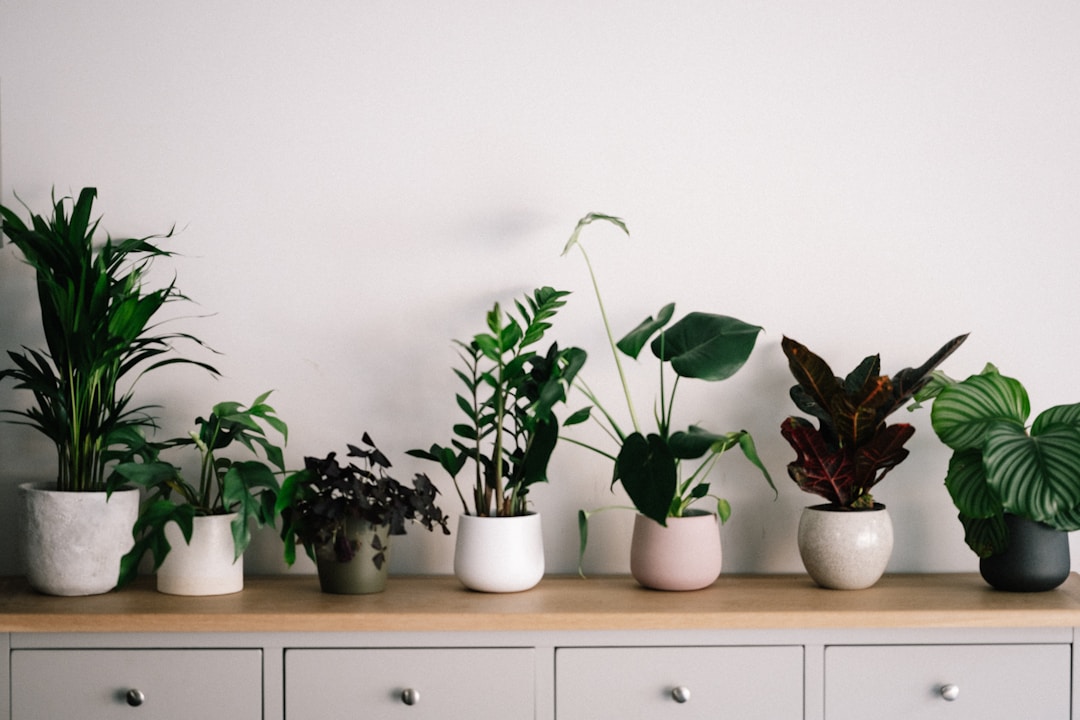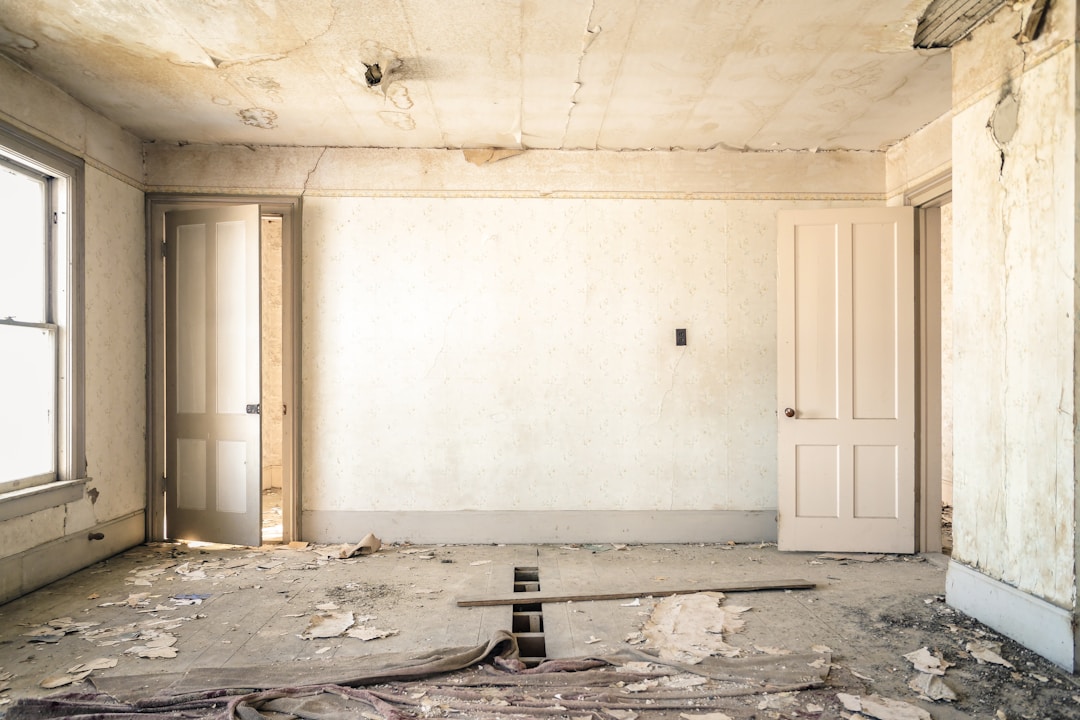Whether you just moved in or are looking to upgrade an older home, sometimes homeowners just feel the urge to redecorate. Since spring just arrived and the prospect of a summer full of friends and activities is on the horizon, you might want to make some upgrades at home too.
If you want to make your home more visually appealing, there are a wide range of projects you can take on, and it can be tricky to figure out which ones are the best idea for you and your family. If you’re interested in improving the interior or exterior design of your house but aren’t quite sure where to get started, read on for four great ways you can make your home look better without breaking the bank.
1. Spruce up your exterior.

Landscaping is one of the most popular home upgrades, and for good reason. One of the major benefits of investing in landscaping and other exterior improvements is that they tend to hold their value better than other home upgrades. That means, if you should choose to sell one day, the improved curb appeal will make a difference in the value of your home. While you don’t need to make every upgrade with an eye towards how it will affect your home’s equity, it’s important to understand the effects the changes you’re making will have on the price of your home one day.
2. Try a fresh coat of paint.

If you aren’t up to repainting an entire room, just adding some color to a wall or a section of the room can make a big difference in the way the room looks. An accent wall in your bedroom or living room can actually make the space seem bigger, in addition to providing some color and visual interest in the space. Think carefully about the color you choose, as that can change the overall feeling of a room in meaningful ways. Different types of wood also pair better with different colors, so consider your furnishings when you decide how you want to paint.
3. Add some greenery indoors.

Houseplants like hanging plants are a great way to change the look of a space and add some life to a room. Some popular choices include the English Ivy, the Spider Plant, or the String of Pearls. For beginners who want something simpler to take care of, succulents can be a great place to start since they’re more forgiving if you can’t give them constant attention.
When shopping for any kind of houseplant, make sure you look into what type of light and humidity it needs. If a plant needs bright indirect light, for example, it will affect where you can safely place it within your home. There are options for greenery that are fairly adaptable and easy to care for, so it doesn’t require a major time investment to brighten up your space with some indoor plants.
4. Consider some larger renovations.

There are a lot of larger projects that can be great investments, depending on your location, the condition of your existing home, and your family’s individual needs. Popular remodeling projects include finishing basements, adding an extension for a little extra room, and building structures like decks or patios in the backyard. Websites like Renovator’s Blog can help you find inspiration and get started on your next project. Planning out your renovation in advance is essential if you don’t want to end up going over budget.
What home improvement projects make sense for your home and your family can vary significantly, depending on your needs, the size of your family, and your budget. If your goal is to improve the visual look of your home, there are plenty of ways to do that. Indoor upgrades can range from larger projects to simpler solutions like painting an accent wall or adding some indoor plants. Exterior improvements have the additional bonus of improving the curb appeal of your home, which can make a big difference for prospective buyers. Designing or redesigning a house is more difficult than many people realize, but the long and short-term benefits make it more than worth the effort put into making your home look exactly the way you want it to.
